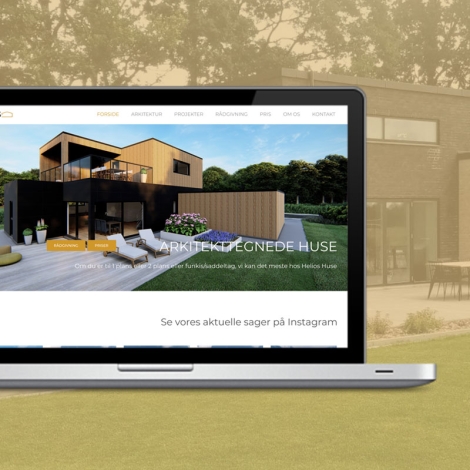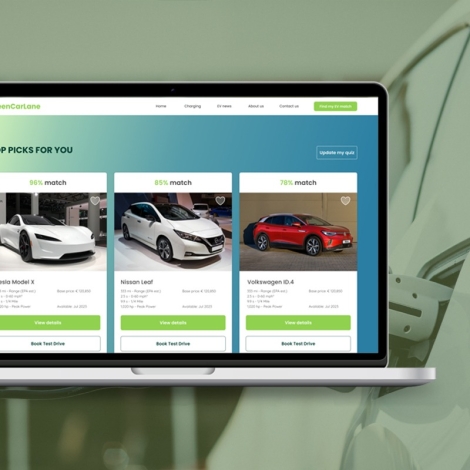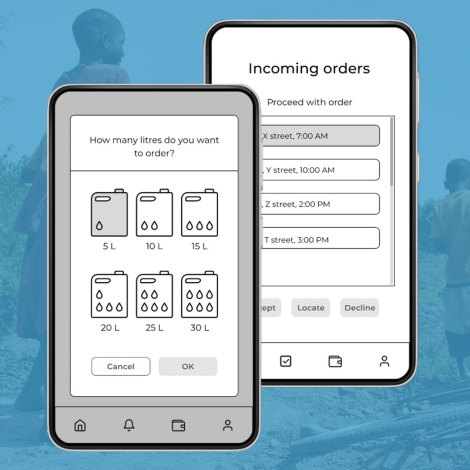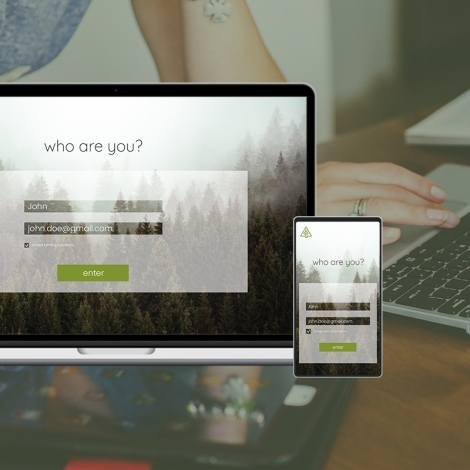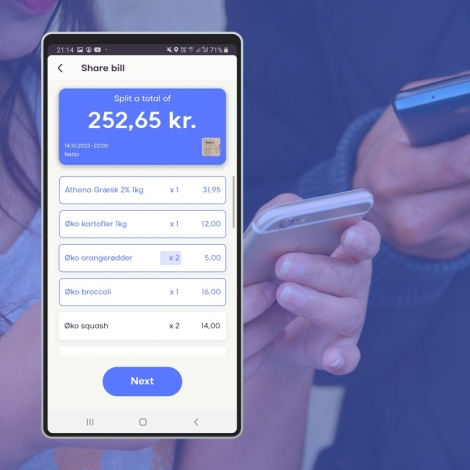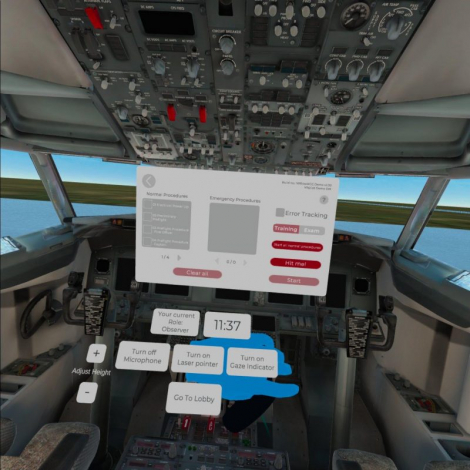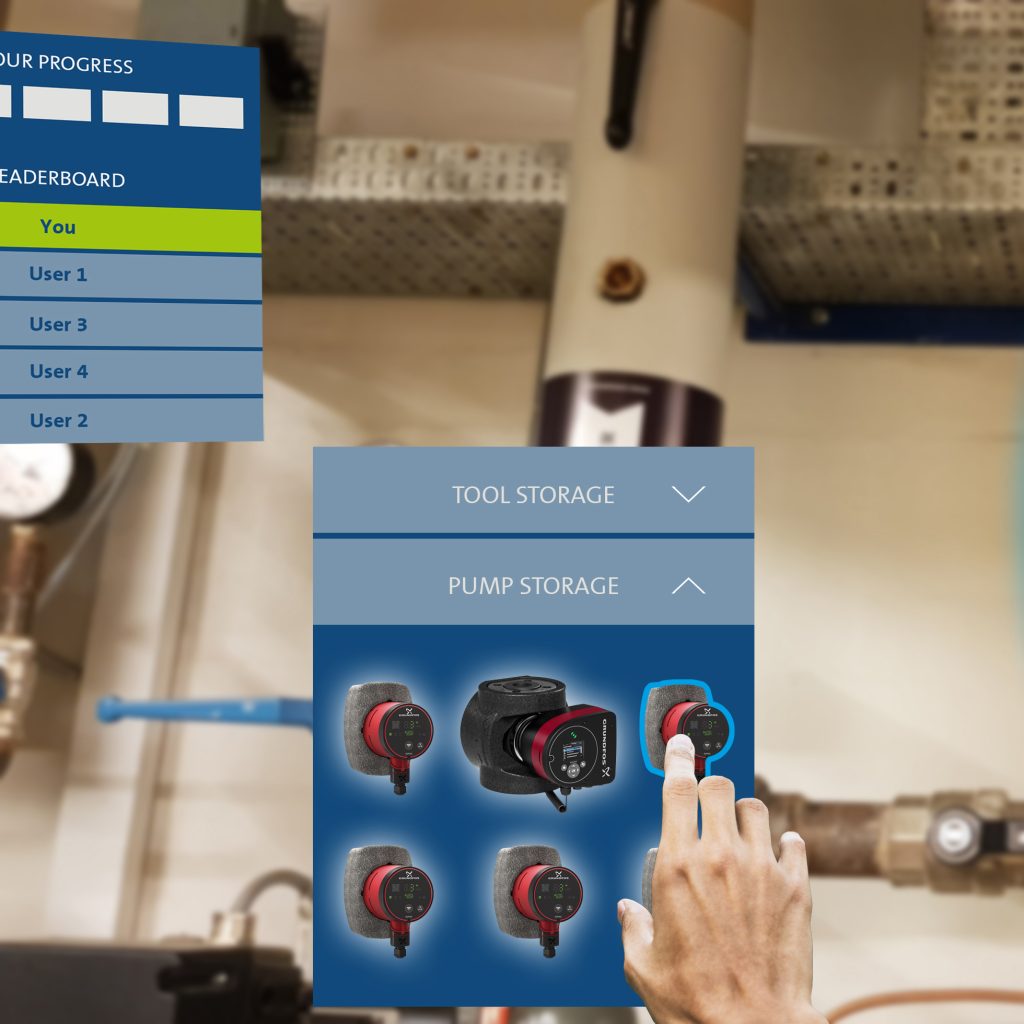
Grundfos - VR championship
About the Project
Championship VR game
Client
Grundfos
Duration
1 month
Design Challenge
Digitalize real life experience to overcome the constraints of psychical space. Thus, help marketing strategy on industrial fairs.
My Role
Concept development / UX / UI design

Case Description

Value, Methods, Tools

Research

Define User Needs
Ideate

Prototype and Test

What I Learned
Case Description
Exhibition boots are small
“Grundfos Installer Championship VR” is a virtual reality experience I created for Grundfos Digital Transformation campaign. Installer championship originally was a real life competition on the industrial fair grounds. Very often there is not enough space for a couple of plumbers to install complicated water systems simultaneously. My VR game solves this lack of space. It takes the experience into the virtual reality where participants sit in a chair and use VR glasses to play. This game boosts engagement thus also marketing on industrial fairs.
The Hypothesis
“I believe that VR plumber’s game will solve problem with psychical space, as well as will bring higher level of satisfaction and engagement amongst participants.
Thus it will boost marketing on multiple levels because VR is an eye-catcher on industrial fairs.”
My Contribution
This concept is one of four VR concepts I created. Each is solving different problem for the company.
Value
Solution for limited space
No real water systems needed
Big number of participants at once
Engaging experience
Marketing boost on fairs
Methods
Design thinking
Desk research
Field research
Bodystorming (recreating how would user move in the physical space with VR headset on)
Low fidelity prototyping
High fidelity prototyping
Gestalt laws
Tools
Hand sketching
Photo camera
Adobe Illustrator
Adobe Photoshop
VR headset
Design Thinking approach
Desk and Field Research
The research I did was:
- Desk research on immersive technologies on industrial fairs; immersive technologies and user engagement; gamification in VR and gaming user interface.
- Field research (image on the left) – observations, interviews on user satisfaction when using the VR headset; heat map showing areas of user interest in the booth.
I also used the research that Grudfos already had: Surveys and test on user satisfaction with their old VR experience.
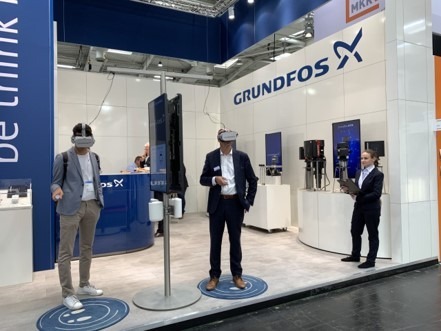
I combined data from all mentioned above. Main points are the following:
- Immersive technologies are eye-catchers on such fairs
- VR experiences become well spread word of mouth after the event (Word of mouth is important in professional communities of that sort)
- Immersive technologies make marketing easier when psychical space is a constraint
- Gamification makes it more attractive to users
- Old VR experiences the company had were not engaging enough
- Users needed more active experience
- Users needed fun experience
Conclusion
That research confirmed our hypothesis that we need a VR experience as a marketing tool on industrial fairs. Then I headed toward empathizing and designing.
Define Users needs
Define phase focuses on Human-centered approach where I needed to understand what they Did, Thought, and Felt. That helped me find out what were they missing, what did they hope to experience, what did they like and didn’t like.
Using the knowledge about users’ needs, I created a Point Of View to define our problem and the direction of my design work.
“How might we design a VR experience that is fun, engaging and true to the specifics plumbers are used to?”
After knowing where I am heading to, I continued to the Ideate phase. There I focused on gamification, user journey, 3D environment considerations and UI.
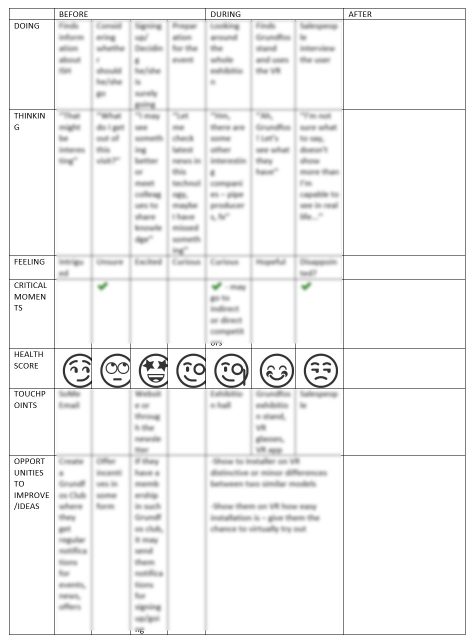
Ideate
In Ideate phase I worked on:
- Brainstorming on User journey that should represent the one from the real life experience.
- Bodystorming – it’s used when designing for immersive technologies, like VR. I recreated how would user’s body move in the psychical space in order to make sense of the real vs 3D environment.
- Mapping the User journey.
- Defining the water system the experience will be based on. We chose boiler installation that takes up about 3 meters in height and 6 meters length.
- Understanding how the real water system works.
- Taking a lot of photos of the real water system to use in mock-ups.
- Consideration about types of VR headset the concept will be designed for.
Some of the activities here are in a collaboration with colleagues from different departments.
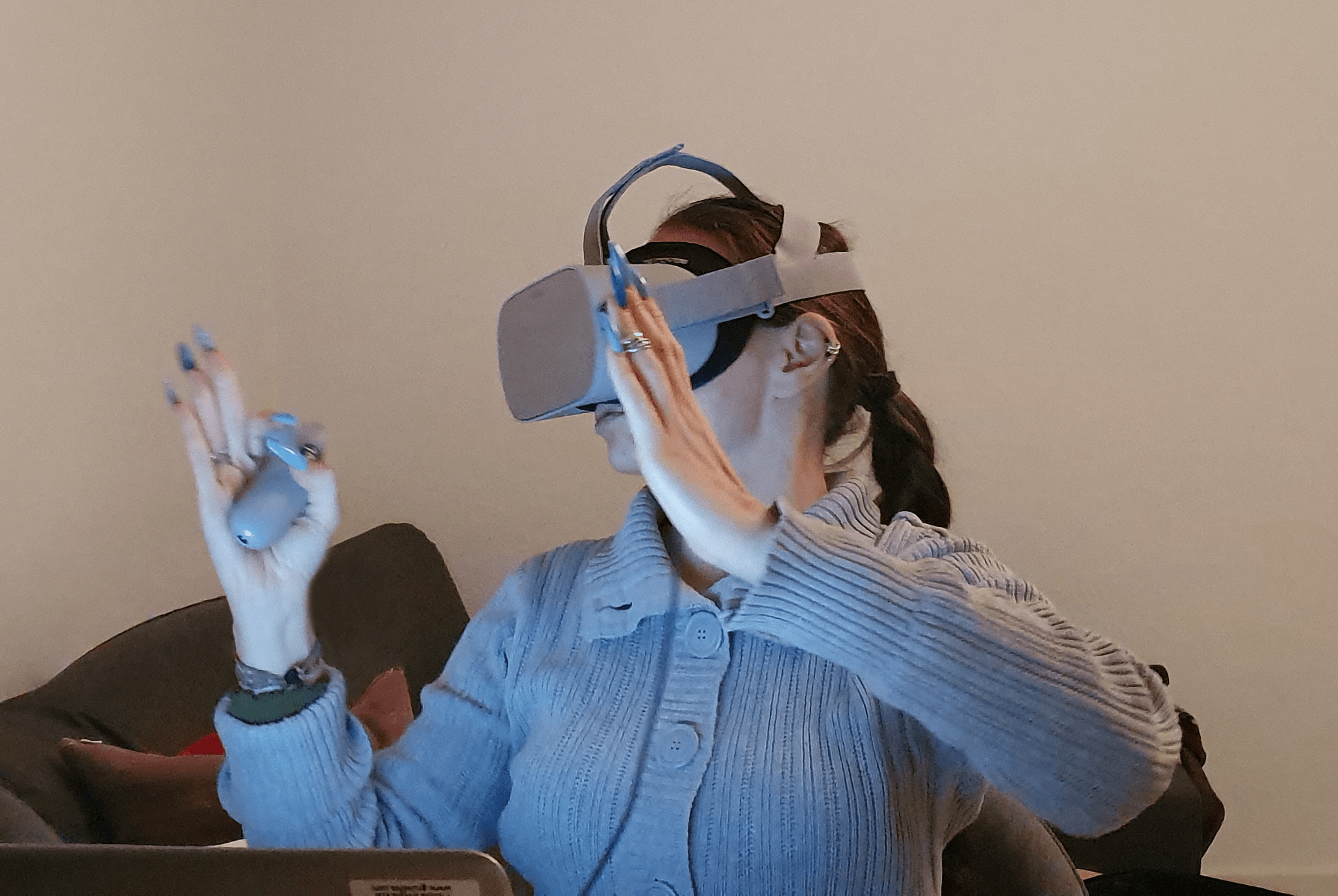
Bodystorming
Prototype and Test
After I had the user journey, I put it into wireframes, and later created the UI and mimicked 3D environment in the mockups.
Key moments in user journey: The game starts with a short tutorial, so user can orientate themselves in the UI. The user competes with other users in 5 consecutive rounds. They need to change water pumps across a large water system. The fastest one wins.
UI elements are: Leadership board, own progress bar, system performance parameters in real time, menu (spare parts and tools), pop-up windows, interactive 3D elements.
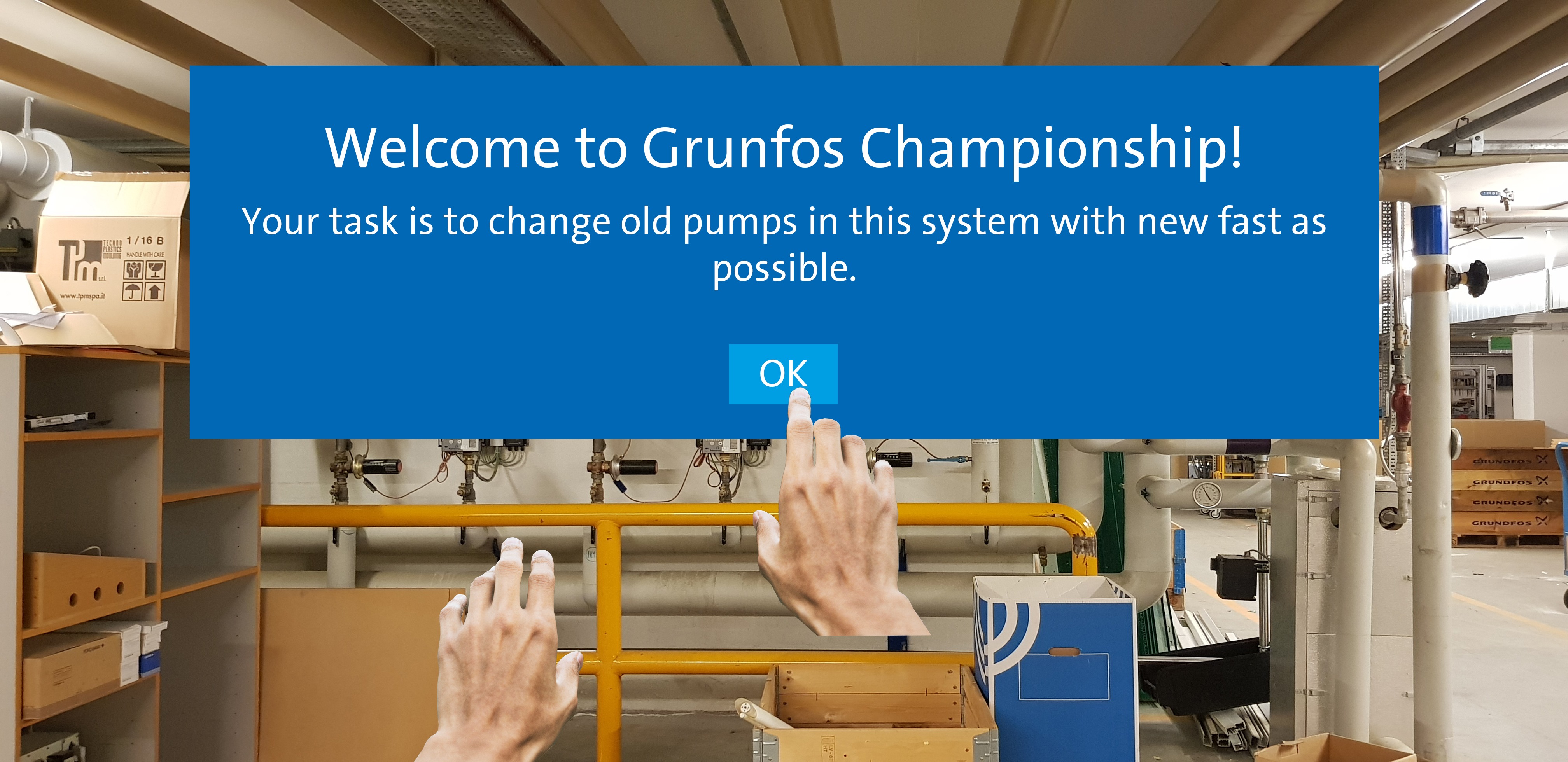

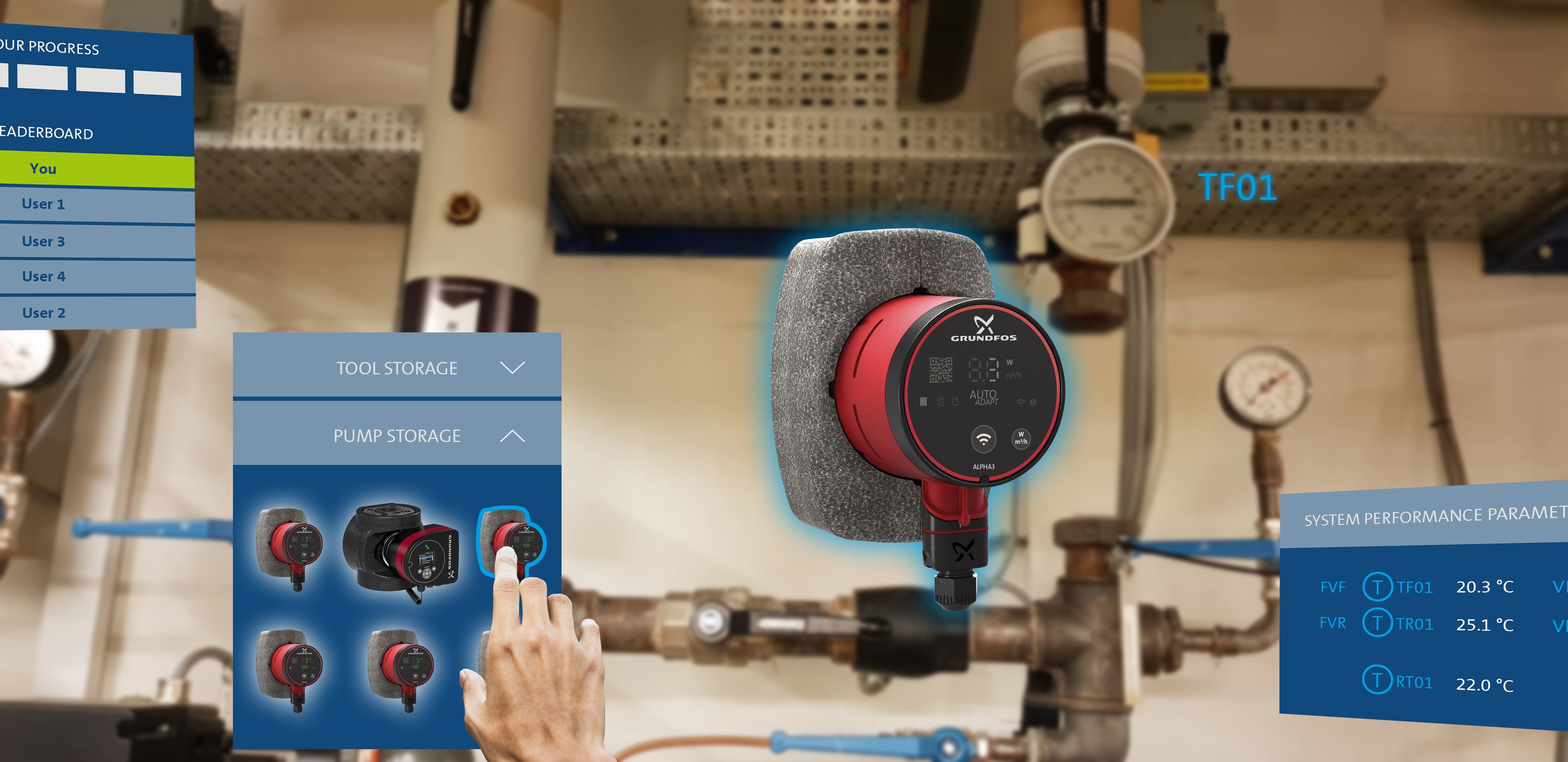

Conclusion
What I learned
l learned a lot during my work in Grundfos. I worked on several other projects as well. Key learnings are:
- I straightened my research skills, using various methods – Interviews, Surveys, Observations, Desk research.
- I gained deep understanding of insights.
- User journey mapping taught me to be careful for weak spots that spoil the experience.
- Working with UX and UI for VR enriched my range of technologies.
- I learned that UI design in 3D might be different than in 2D because of the 360°. UI elements may stick to the view port but might also be left out of it. There are design rules in VR different than in 2D design. For example, 100% black and 100% white are not advised in VR.
- Level of complexity of 3D environment and real-life movement requires different amounts of computing power of the hardware. It is important to know what VR headsets is design aimed for.
- I became better in understanding 3D space and designing for the environment around the user.
- In my research on Immersive technologies, I also learned a lot about designing for augmented reality and mixed reality. In my Inspirational Catalogue, I have created concepts for those technologies as well.
- Research on gamification gave me knowledge I haven’t touched upon before. More specifically, I learned basics of how to design for First Person Shooter games, where the view is through the eyes of the user.
- Since I worked on a several projects simultaneously during my 5 months with Grundfos, I gained a lot of experience in managing tasks and teamwork.
- It was my first time being a part of setting new Virtual Reality design guidelines for a company. I did this both by proposing such with this concept and by being part of meetings discussing design guidelines in general.
